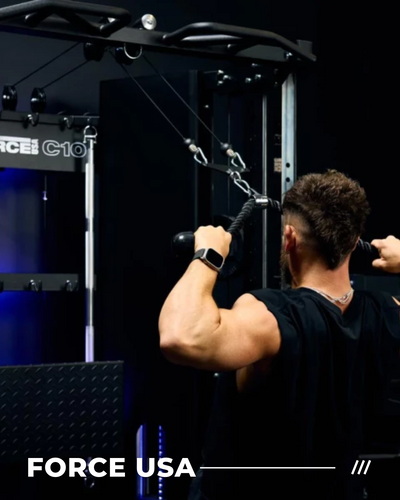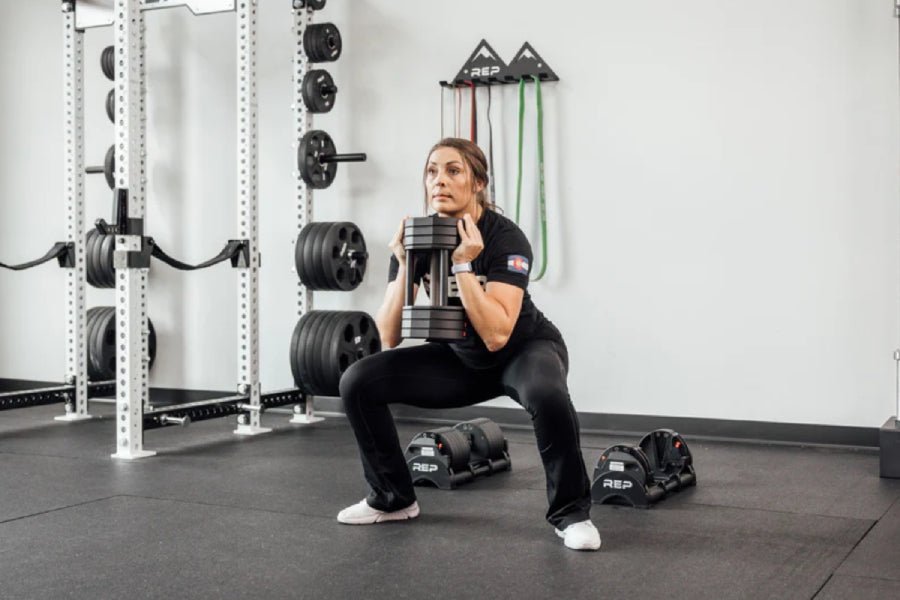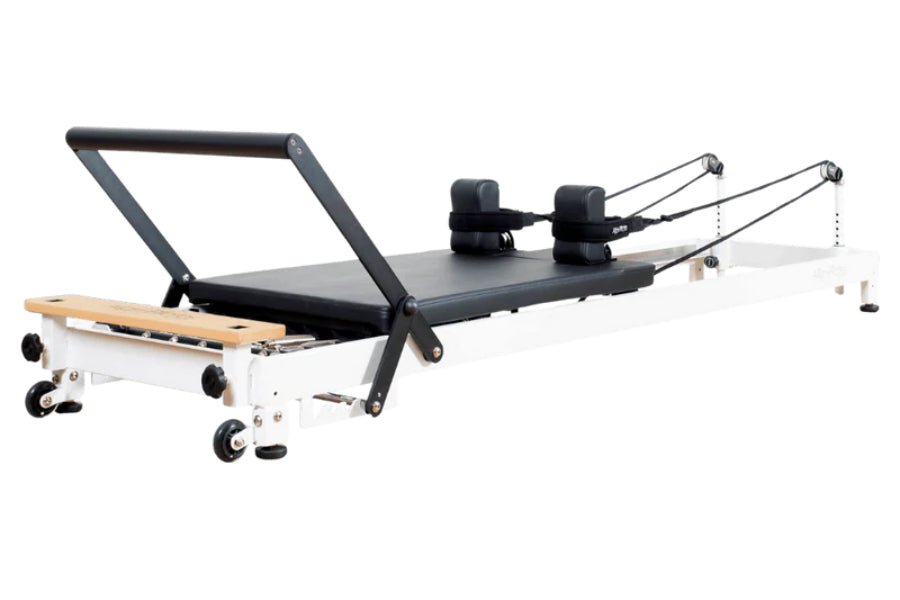Quick Recovery After a Workout: Essential Tips & Strategies
GYMSPORTZ PTE LTD | 20 Aug 2024

Achieving your fitness goals requires a combination of effective training, proper nutrition, and, crucially, efficient recovery. Post-workout recovery is vital as it allows your body to repair tissues, replenish energy stores, and prepare for your next workout session. Understanding the importance of recovery and implementing key strategies can significantly enhance your performance, reduce injury risks, and keep you on track with your fitness journey.
Here are some essential tips and strategies for quick recovery after a workout.
1. Hydration: the foundation of recovery
Hydration is the cornerstone of post-workout recovery. During exercise, your body loses fluids through sweat, and replenishing these fluids is crucial. Dehydration can lead to muscle cramps, fatigue, and delayed recovery. To transform your workout journey and optimise recovery, aim to drink water or an electrolyte-rich beverage immediately after your workout. Electrolytes like sodium, potassium, and magnesium help restore the balance of fluids in your body, ensuring that your muscles function properly and reducing the risk of cramps.
2. Refuel with proper nutrition
What you eat after a workout has a significant impact on your recovery process. Consuming a balanced meal or snack within 30 to 60 minutes after exercising helps restore glycogen levels and repair muscle tissue. Your post-workout meal should include:
● Protein: Protein is essential for muscle repair and growth. Incorporate lean sources of protein like chicken, fish, tofu, or a protein shake to kickstart the recovery process.
● Carbohydrates: Carbohydrates help replenish glycogen stores in your muscles. Opt for complex carbs like whole grains, fruits, or vegetables to provide sustained energy.
● Healthy Fats: While not immediately necessary, healthy fats can support overall recovery and reduce inflammation. Include sources like avocados, nuts, and olive oil in your meals.
Whether you're using a compact treadmill or lifting weights, refueling properly is essential for quick recovery and continued progress.
3. Stretching and mobility exercises
After an intense workout, your muscles can become tight and stiff. Incorporating stretching and mobility exercises into your recovery routine can help alleviate muscle soreness, improve flexibility, and prevent injury. Focus on dynamic stretches that target the muscle groups you worked during your session. For example, if you had a leg day, incorporate hamstring stretches, quad stretches, and calf stretches into your cooldown.
4. Use foam rolling for myofascial release
Foam rolling is a self-massage technique that targets trigger points in your muscles. It helps release tension, improve blood circulation, and enhance muscle recovery. By applying pressure to specific areas, foam rolling can break up knots and adhesions in the fascia (the connective tissue surrounding muscles), allowing for better movement and reduced soreness. Spend a few minutes after your workout foam rolling the major muscle groups, such as the back, legs, and shoulders.
5. Get enough sleep
Sleep is one of the most critical components of recovery, yet it is often overlooked. During deep sleep, your body goes into repair mode, producing growth hormones that aid in muscle recovery and tissue repair. Aim for 7-9 hours of quality sleep each night to optimise your recovery. Establishing a consistent sleep routine, creating a restful environment, and avoiding stimulants like caffeine before bed can all contribute to better sleep and, consequently, better recovery.
6. Consider active recovery
On your days off, you should perform low-intensity exercises to increase blood flow and decrease muscular soreness. This is known as active recovery. Activities like walking, swimming, yoga, or light cycling can help flush out metabolic waste products from your muscles and accelerate the recovery process. Active recovery also helps prevent the feeling of sluggishness that can occur after a day of complete rest.
7. Cold therapy and heat therapy
Alternating between cold and heat therapy can be beneficial for recovery. Cold therapy, such as ice baths or cold showers, reduces inflammation and numbs sore muscles, providing immediate relief. On the other hand, heat therapy, such as warm baths or heating pads, increases blood flow and relaxes muscles. Combining these therapies can help reduce muscle soreness and accelerate the healing process.
8. Supplement wisely
While a balanced diet should provide most of the nutrients you need for recovery, certain supplements can offer additional support. Common recovery supplements include:
● BCAAs (Branched-Chain Amino Acids): BCAAs can reduce muscle soreness and promote muscle repair.
● Creatine: Creatine supports energy production and muscle recovery, particularly after intense workouts.
● Omega-3 Fatty Acids: Omega-3s have anti-inflammatory properties that can reduce muscle soreness and speed up recovery.
Before adding supplements to your routine, it's essential to consult with a healthcare professional or a registered dietitian to ensure they're appropriate for your needs.
Conclusion
Consistency is key when it comes to recovery. Implementing these strategies regularly will help you bounce back quicker after workouts, allowing you to maintain a steady progress toward your fitness goals. Make recovery a non-negotiable part of your fitness routine, and you'll reap the benefits of improved performance, reduced injury risk, and a healthier body overall.
Incorporating these recovery strategies into your fitness regimen will not only help you feel better after workouts but also enhance your long-term progress. For more tips on achieving your fitness goals and to explore a wide range of home gym equipment, visit Gymsportz. We’ve got everything you need to create a functional and efficient workout space at home.







